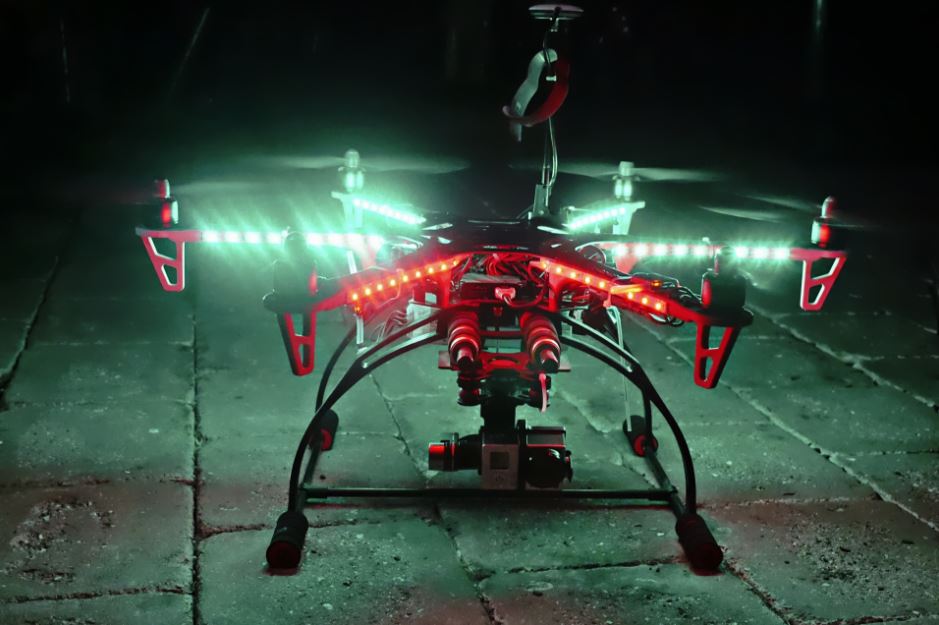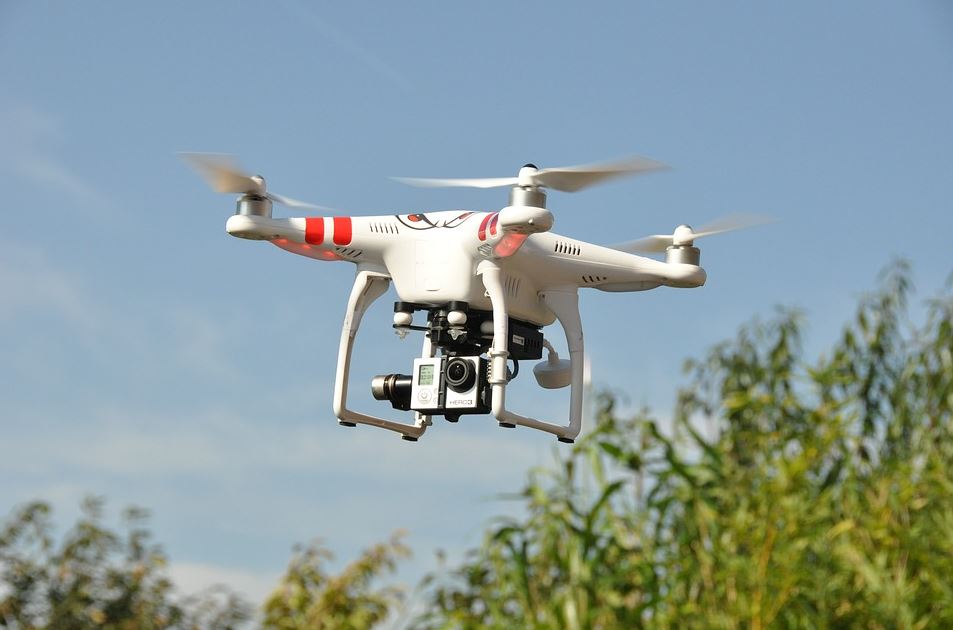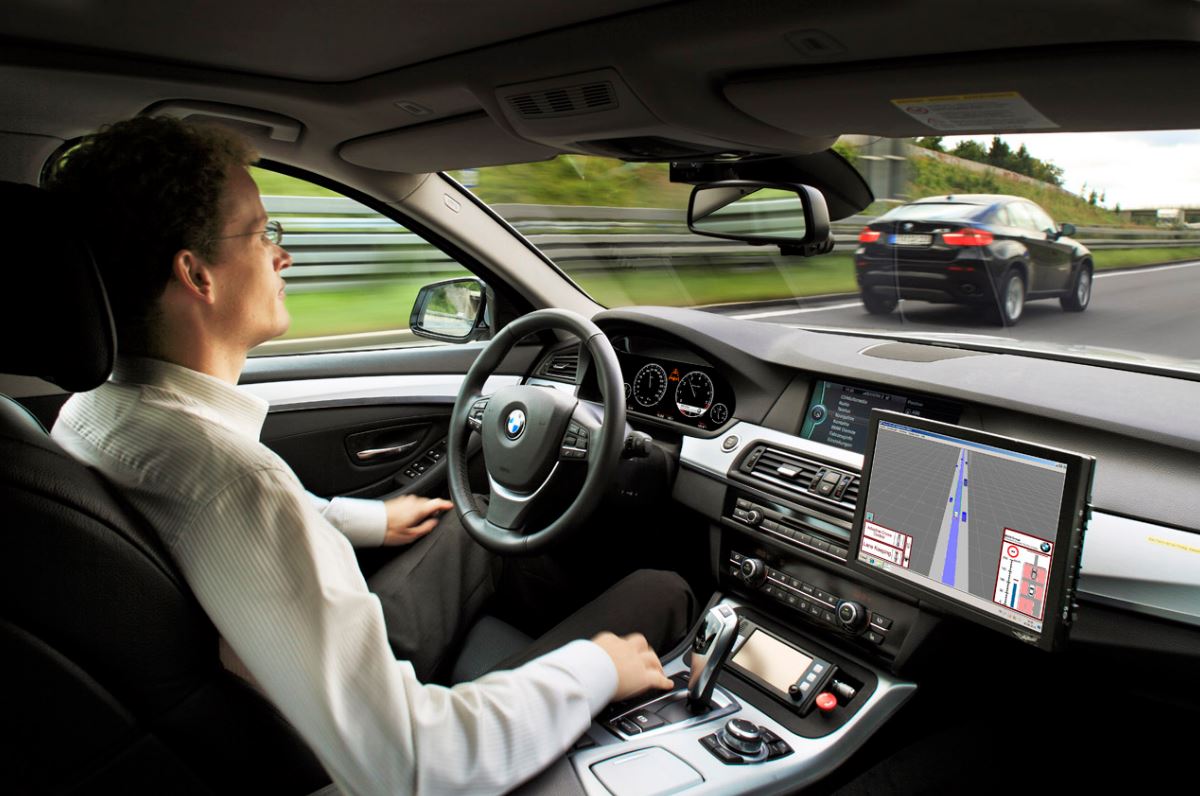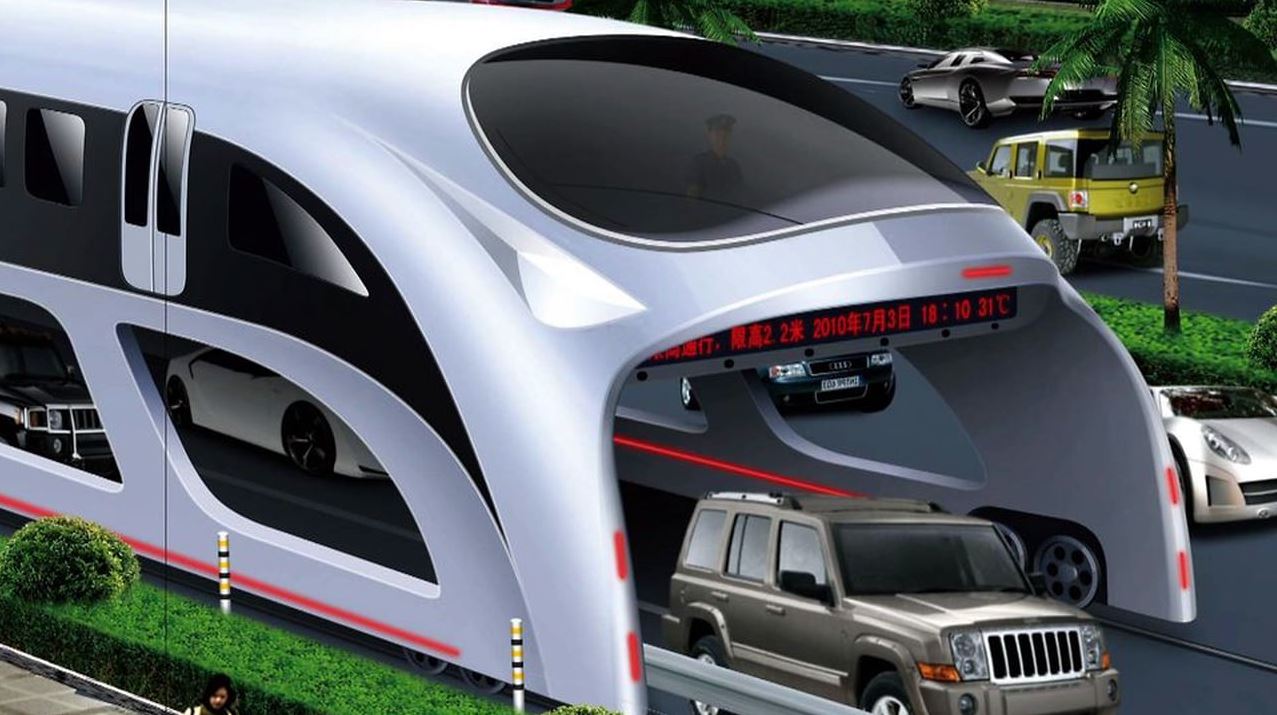The last several decades have been an exciting time for business. The information age and the explosion of cheap, effective technological innovation have all but erased barriers to entry into the market. Digital marketing solutions have enabled businesses to reach customers more customers in more markets. Challenges continue to present themselves, and nowhere is this felt more than in product transportation. Luckily, the next several decades are offering some cool advances on that front as well. Here are a few to look forward to:
New Fuel Formulas
Traditional product transportation solutions born in the 20th Century are finding new life as cheaper, cleaner fuel formulas are allowing for increased efficiency, lower cost, and cleaner solutions for moving products from A to B. Hydrogen fuel, biofuels, and superacid filters on octane and diesel fuel emissions are making it possible to refit fleets for better, greener distribution.
Electric Cars
In similar fashion, the concept of electric cars is gaining traction in most developed nations. The attraction of this technology is derived from the shifting of the burden of energy production from the internal combustion engine to power plants, which are generally better at producing the energy. Initially, this will not substantially affect carbon emissions, as a large percentage of our energy production is still done with the use of expensive fossil fuels. However, as solar technology gets cheaper and more efficient, and as nuclear technology gets safer, electric cars may prove to be a great solution for distributing products to more people for less money and with a decreased environmental effect.
Drone Delivery
This sounds like something out of the Jetsons. Services such as Amazon Prime Air are taking personalized distribution of products to the next level. Orders made online will be packed and shipped to a distribution center, and then GPS-guided drones will pick the packages up and deliver them right to your front door. The technology is basically in place, and the remaining difficulties are primarily logistical and legal. Limited rollout of drone delivery is already beginning in some places.
Self-Driving Cars
Despite what the evening news would have you believe, this technology is capable of reducing traffic fatalities by upward towards 90 percent. The truth is that almost all traffic accidents are caused by human error, due to factors that can be controlled or mitigated by digital technology. The implications are enormous for small business owners looking to make freight and distribution cheaper. It is feasible that within the next two decades, these vehicles will entirely replace driver vehicles – saving vendors and carriers on the payroll costs of the driver as well as the expense of truck crashes.
Straddling Bus
The bane of overland transport is idling and traffic. Fuel and man-hours are eaten up by waiting for traffic lights or getting stuck in traffic jams. Engineers in urban China and Japan are developing bus systems that pass over the heads of compact cars on freeways, thus circumventing the long, expensive, depressing rush-hour traffic. This development will combine the efficiency of non-stop rail with the existing infrastructure of highways, which should be especially interesting for Americans who have invested far more in our highway infrastructure than in rail. The initial rollout of this technology will be primarily for commuters and transporting people, but it is reasonable to expect cargo transportation on the stage within the next decade or so.
Business development and innovation are prime drivers of economic growth. Entrepreneurs and business owners have done more to better the lives of individuals across the planet in the last century than all the charity and government aid rendered in the history of the country. So long as the spirit of ingenuity burns bright, we’ll continue seeing these blessings and benefits in our communities as we move towards the next era in technological and economic development.





